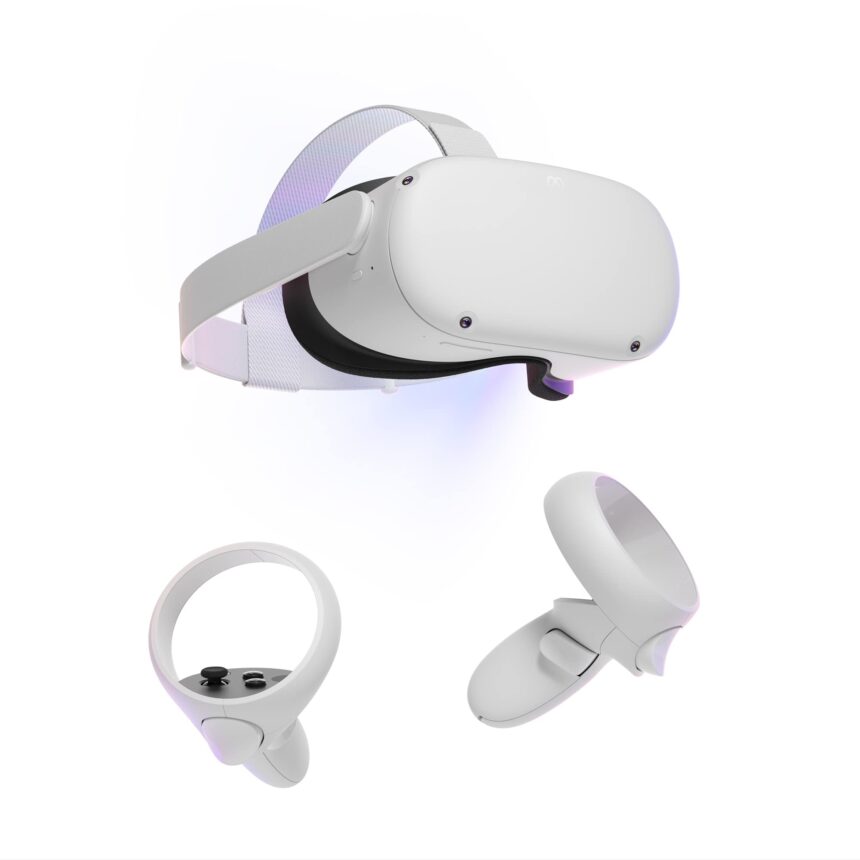The world of virtual reality (VR) is expanding rapidly, with a variety of options available for users looking to immerse themselves in computer-generated environments. While Apple’s Vision Pro is a popular choice, there are several other VR headsets on the market that offer unique features and experiences.
One notable competitor to Apple’s Vision Pro is the Oculus Quest 2, produced by Meta, previously known as Facebook. The Oculus Quest 2 is a standalone VR headset that doesn’t require a PC or external sensors to function. It offers a wireless VR experience and has the option to connect to a PC using Oculus Link for access to additional content. With a higher-resolution display, a more powerful processor, and a lighter design, the Oculus Quest 2 is a formidable contender in the VR market.
Another popular VR headset is the HTC Vive, which supports room-scale VR experiences and features a tracking system called Lighthouse. This system includes external base stations set up in the room to track the headset and motion controllers accurately, allowing users to move around physical spaces within the virtual environment. The HTC Vive is compatible with certain laptops and offers a unique VR experience for users.
PlayStation VR, developed by Sony Interactive Entertainment for use with the PlayStation 4 and PlayStation 5, is another compelling option for VR enthusiasts. Featuring a 5.7-inch OLED display with a resolution of 1920 x 1080 pixels and built-in sensors to track head movements, the PlayStation VR brings immersive virtual reality experiences to console gamers.
These VR headsets offer a wide range of features and experiences, catering to different needs and preferences. Whether users are interested in standalone VR headsets, room-scale experiences, or console-compatible devices, there are plenty of options to choose from in the VR market.
In my opinion, the expansion of the VR market is an exciting development for technology enthusiasts and consumers alike. The availability of a variety of VR headsets means that users have the freedom to choose a device that best fits their preferences and needs. Whether it’s the wireless experience of the Oculus Quest 2, the room-scale capabilities of the HTC Vive, or the console compatibility of the PlayStation VR, there is something for everyone in the world of virtual reality. As technology continues to advance, I am eager to see how VR experiences evolve and improve in the future.


